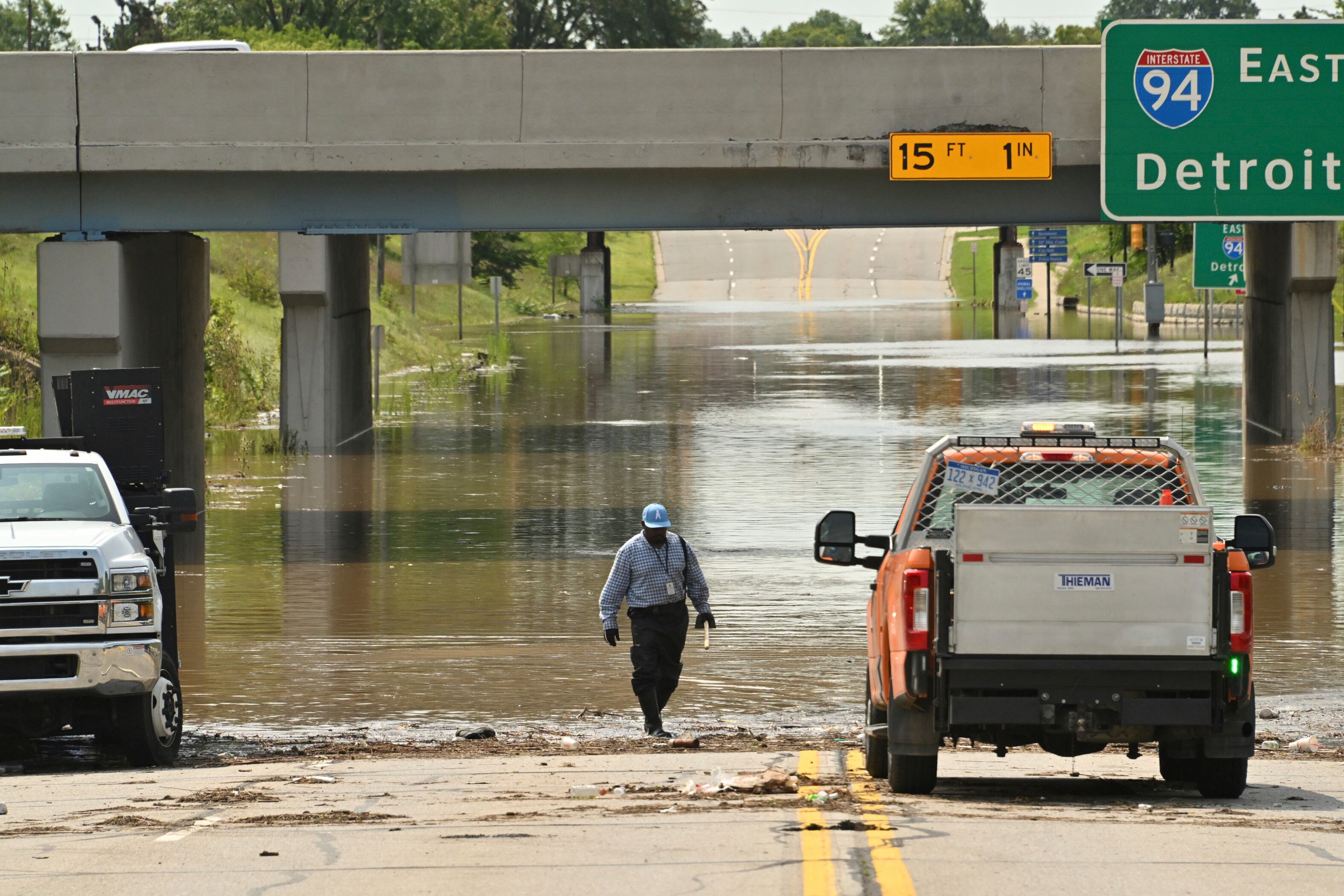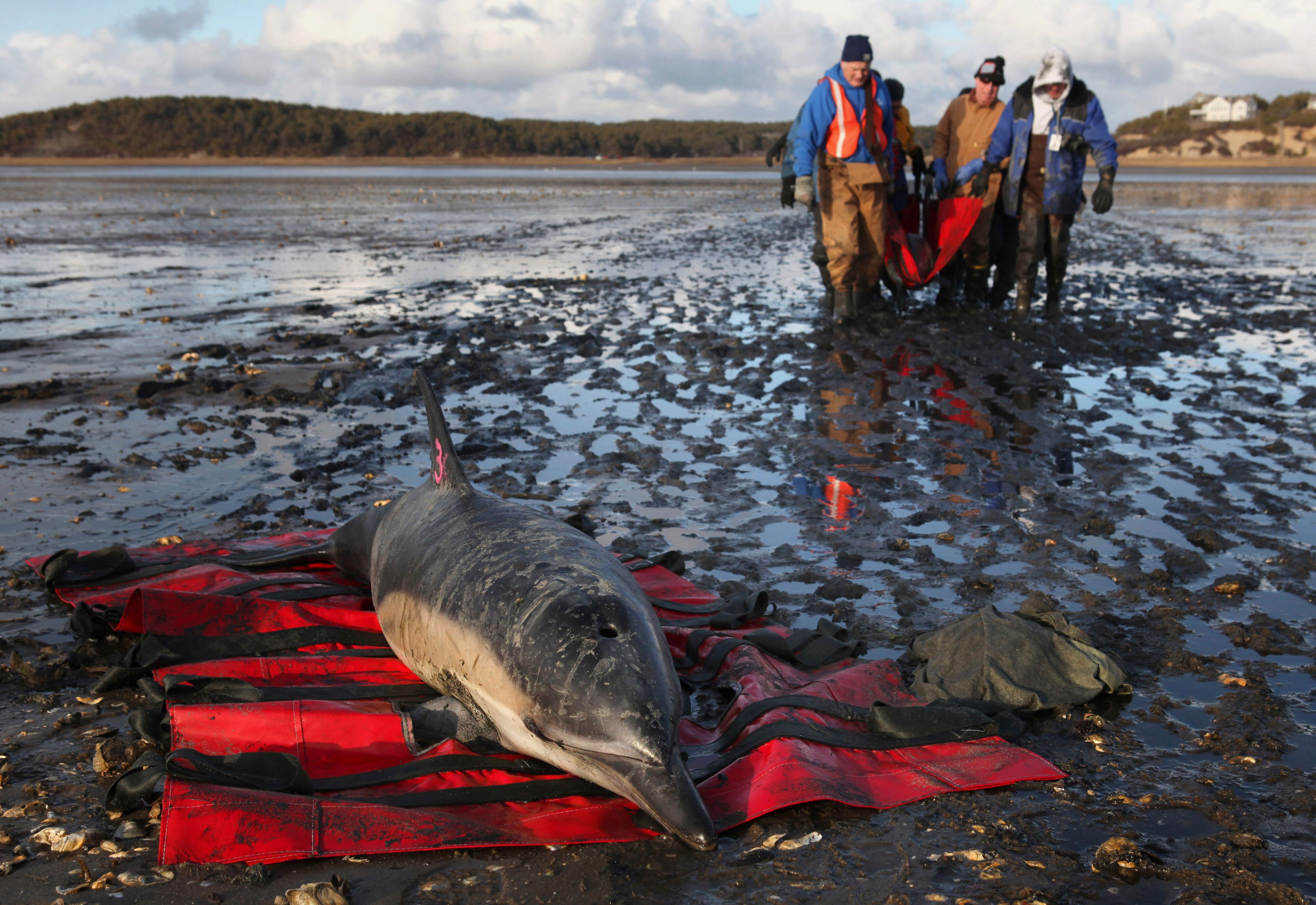Europe is sweltering under a heat wave, California is being inundated with rain, and a polar vortex is headed for Canada. So what exactly is going on with the weather these days?
Michele Power, a meteorologist for News12, said that one explanation for this "parade of storms," at least in the United States, is a phenomenon called the "atmospheric river," which is a narrow band of concentrated moisture in the atmosphere that often brings with it heavy amounts of rain.
While atmospheric rivers are fairly normal weather events, this recent bout has been especially intense. Over the past couple of weeks, the extra moisture has given California its largest-ever mid-January snowpack and a foot-and-a-half of rain, contributing to widespread flooding. "Ski resorts are rejoicing, but certainly for those of us who live there that is a huge issue," Power said.
The upside of all this — for California at least — is drought relief. The previously parched state now has more water than it can handle, and this does make up for some of the recent lack.
Power said the next week is expected to be quieter, but the pattern could return this season.
"This is not going away, but it's starting to ease," she said.
Looking at the issue on a more global scale, the meteorologist said you have to talk about the "elephant in the room" — climate change.
"That increase in temperature is actually helping increase the amount of rain that is falling," she said. "We can't attribute every single storm that does happen to climate change… but climate change and the warmer atmosphere is actually helping enhance these storms."












